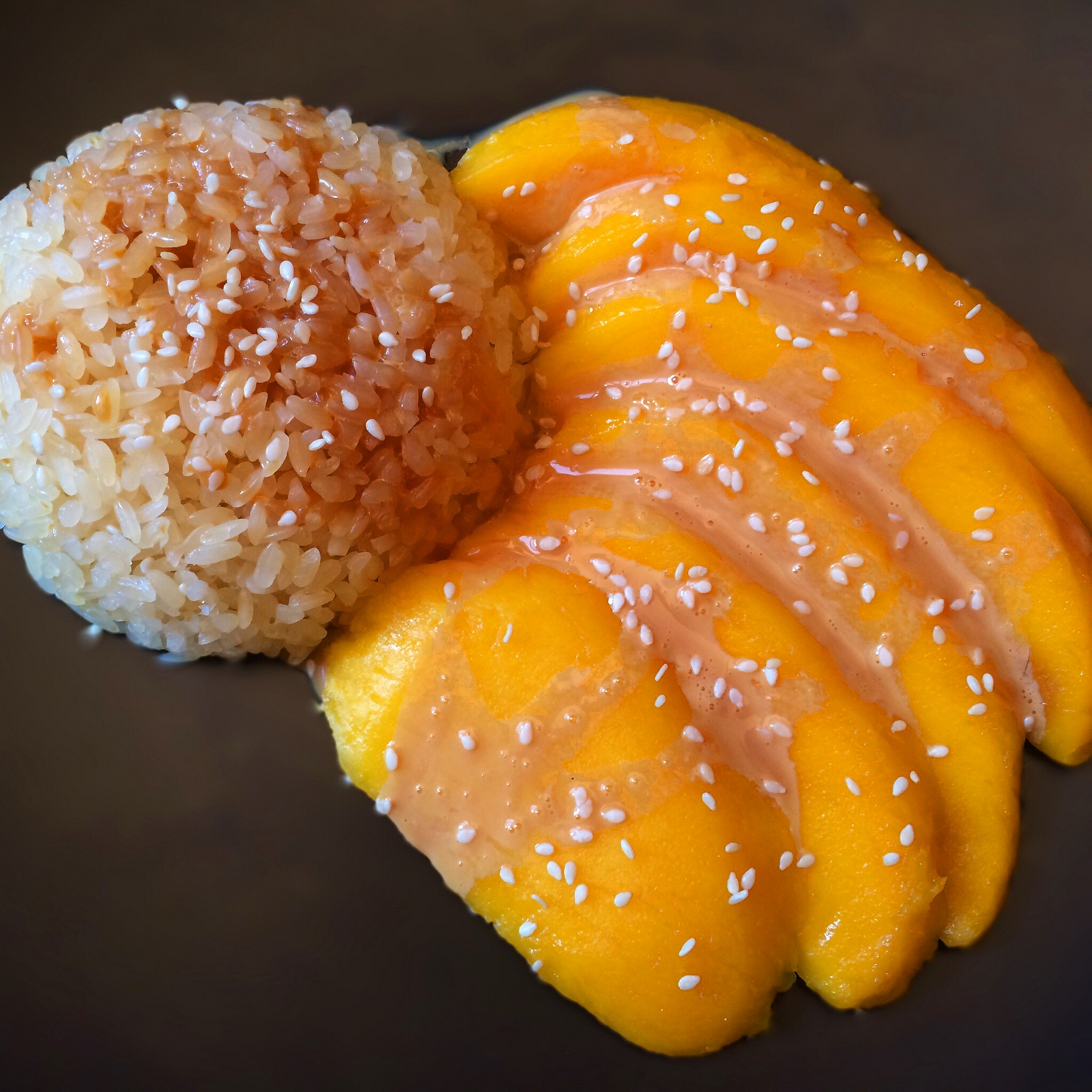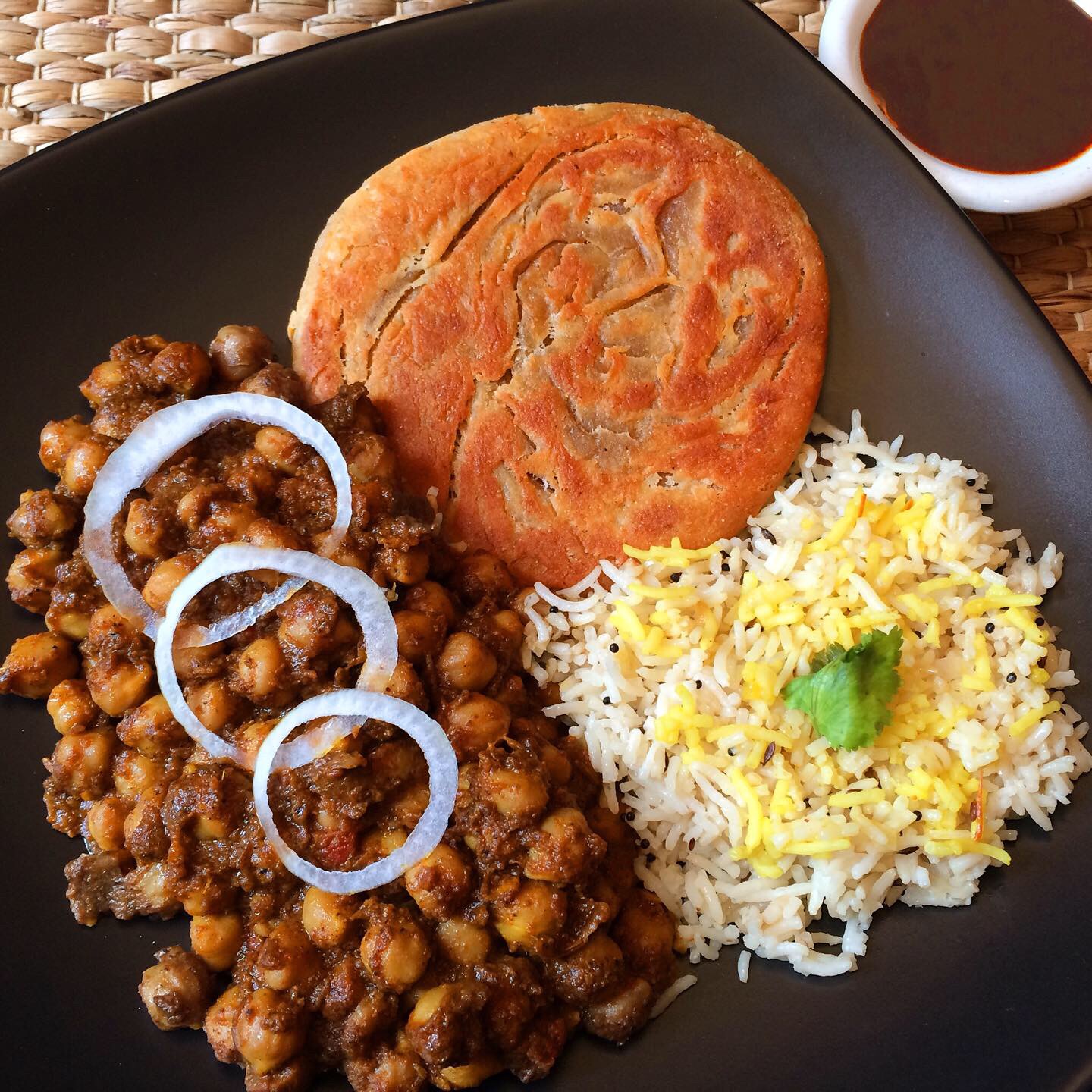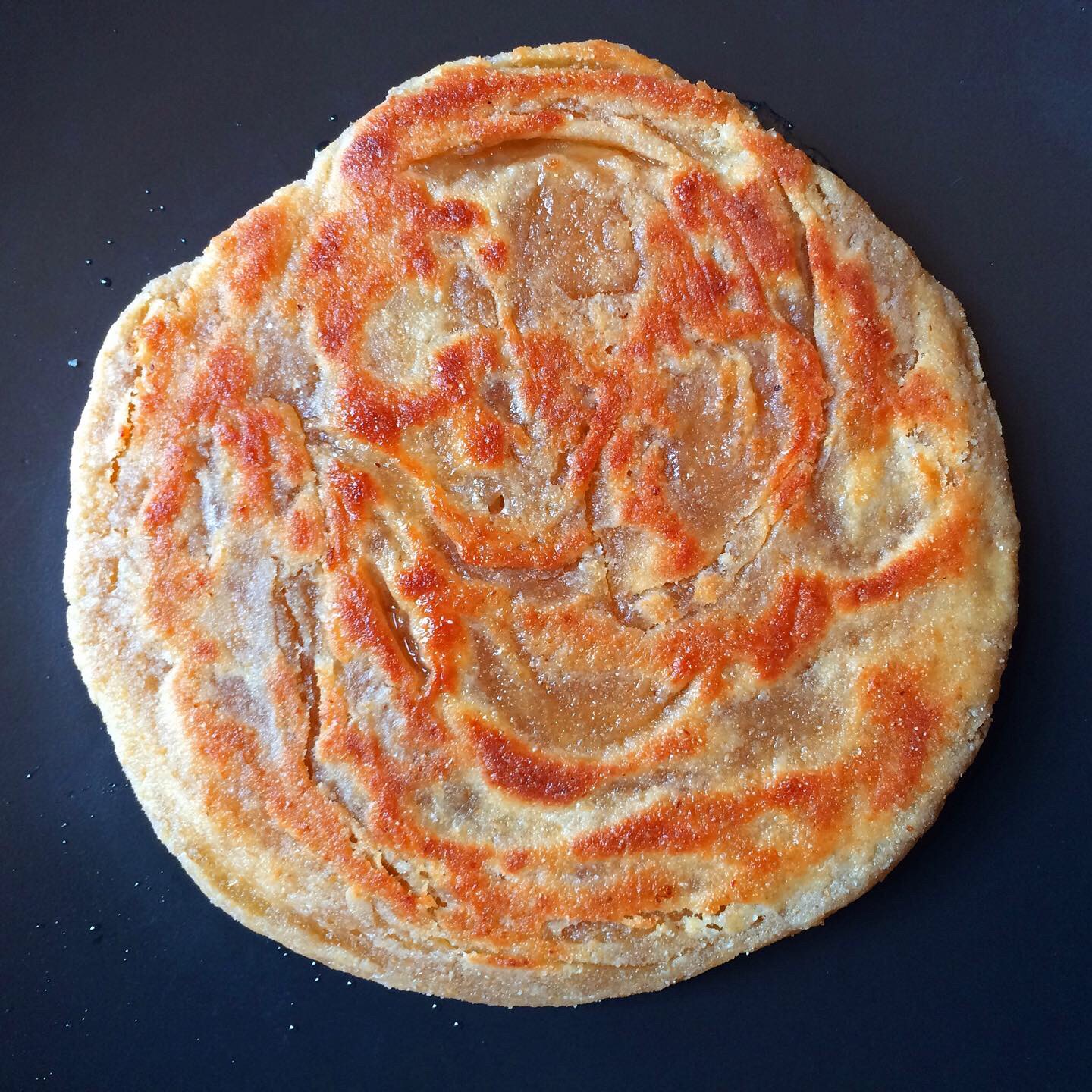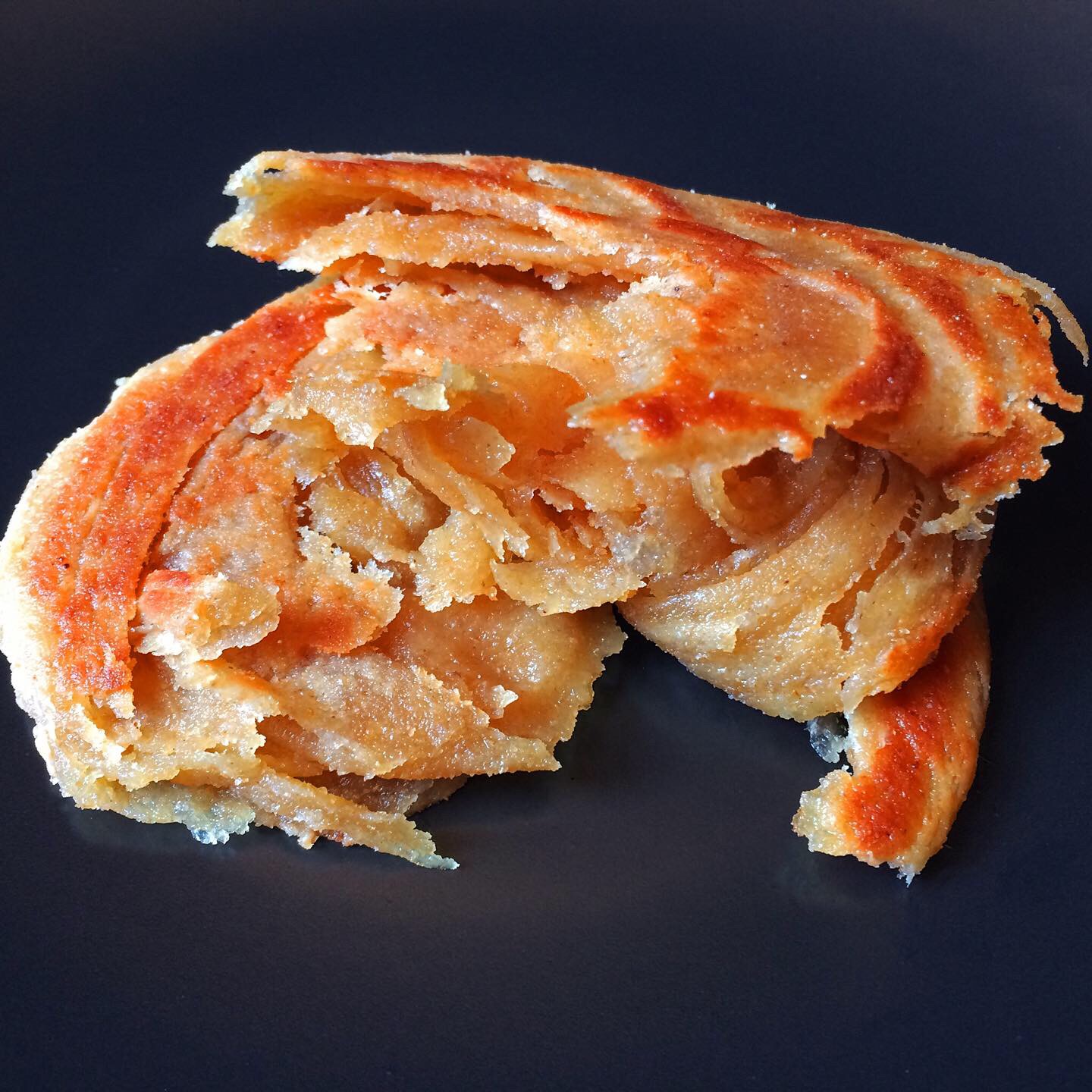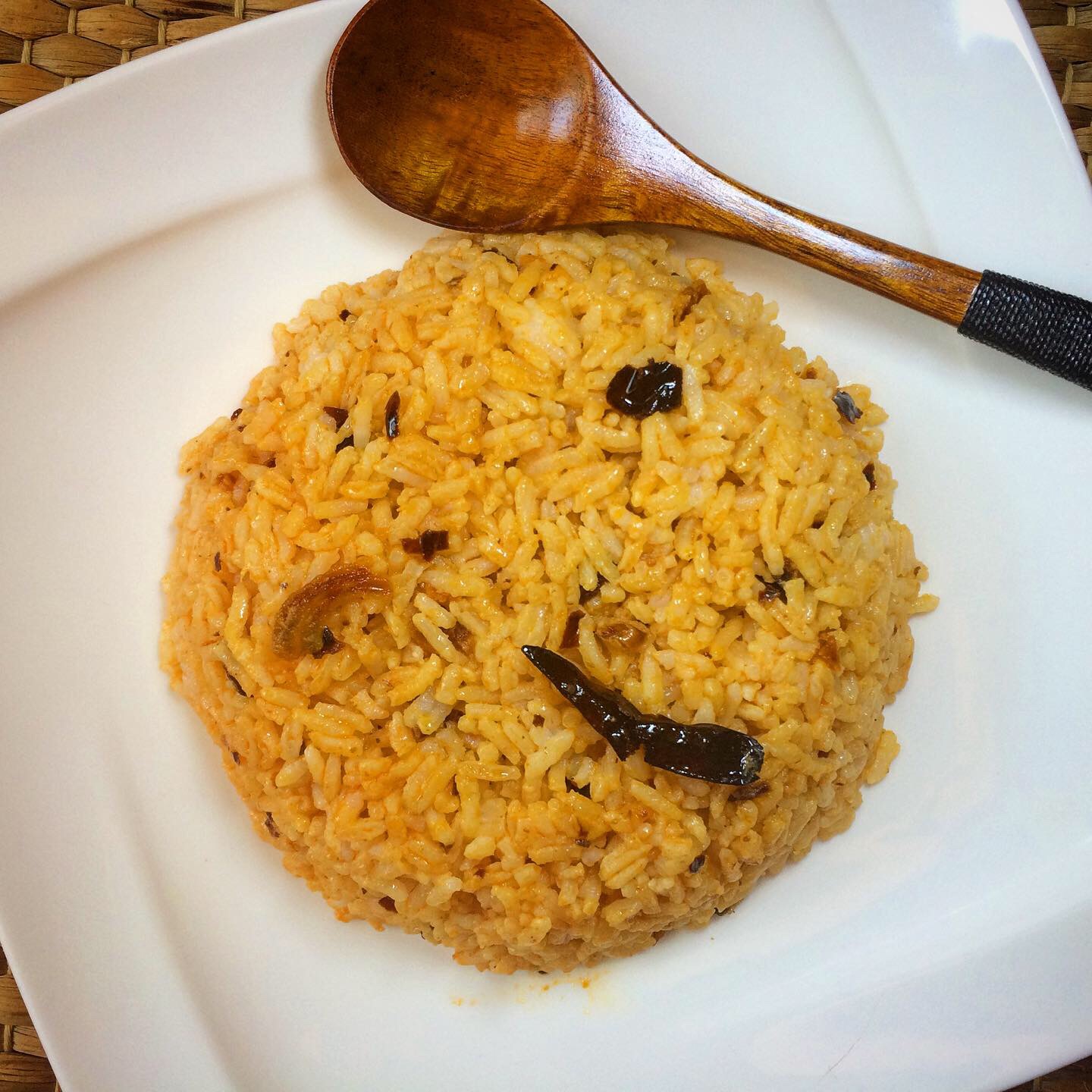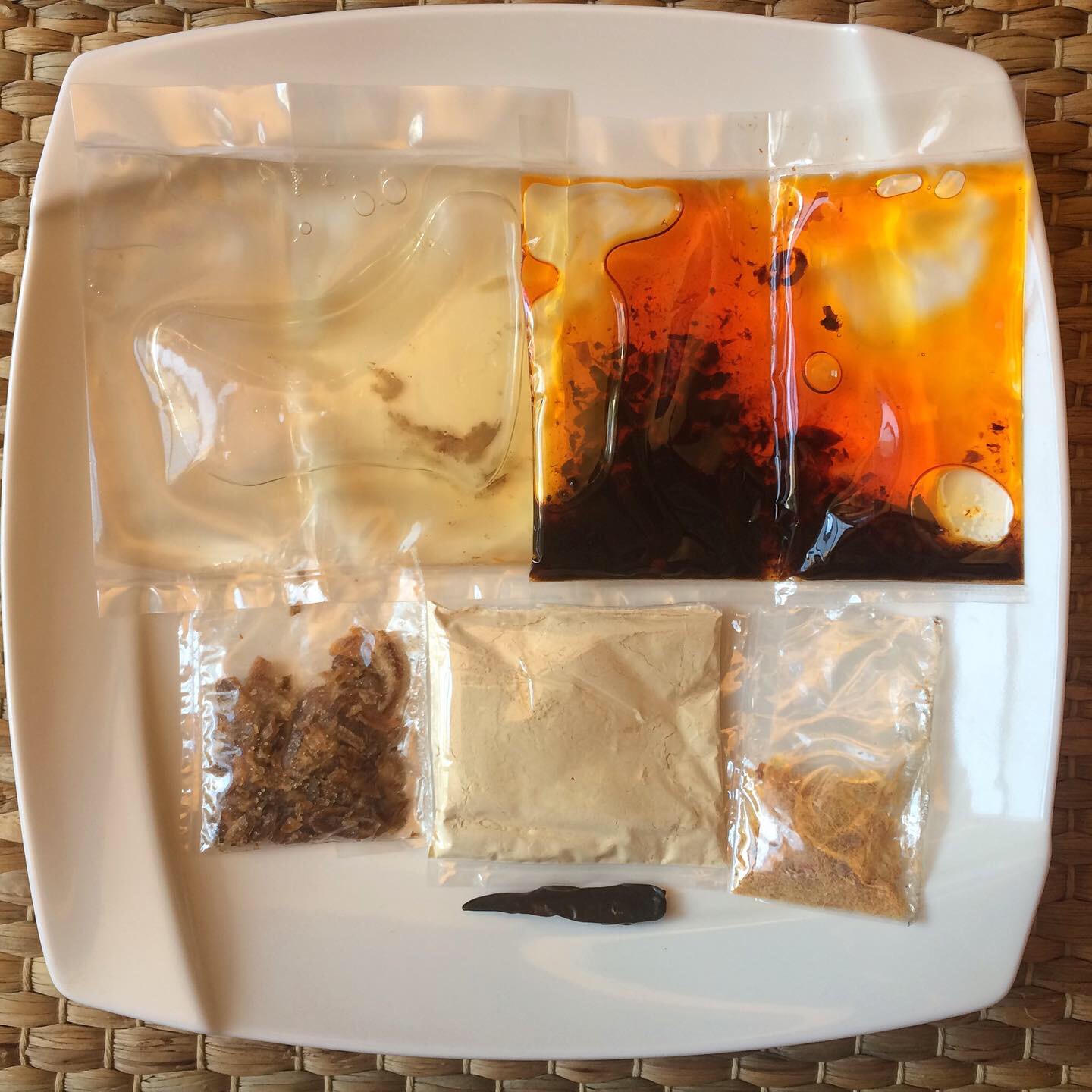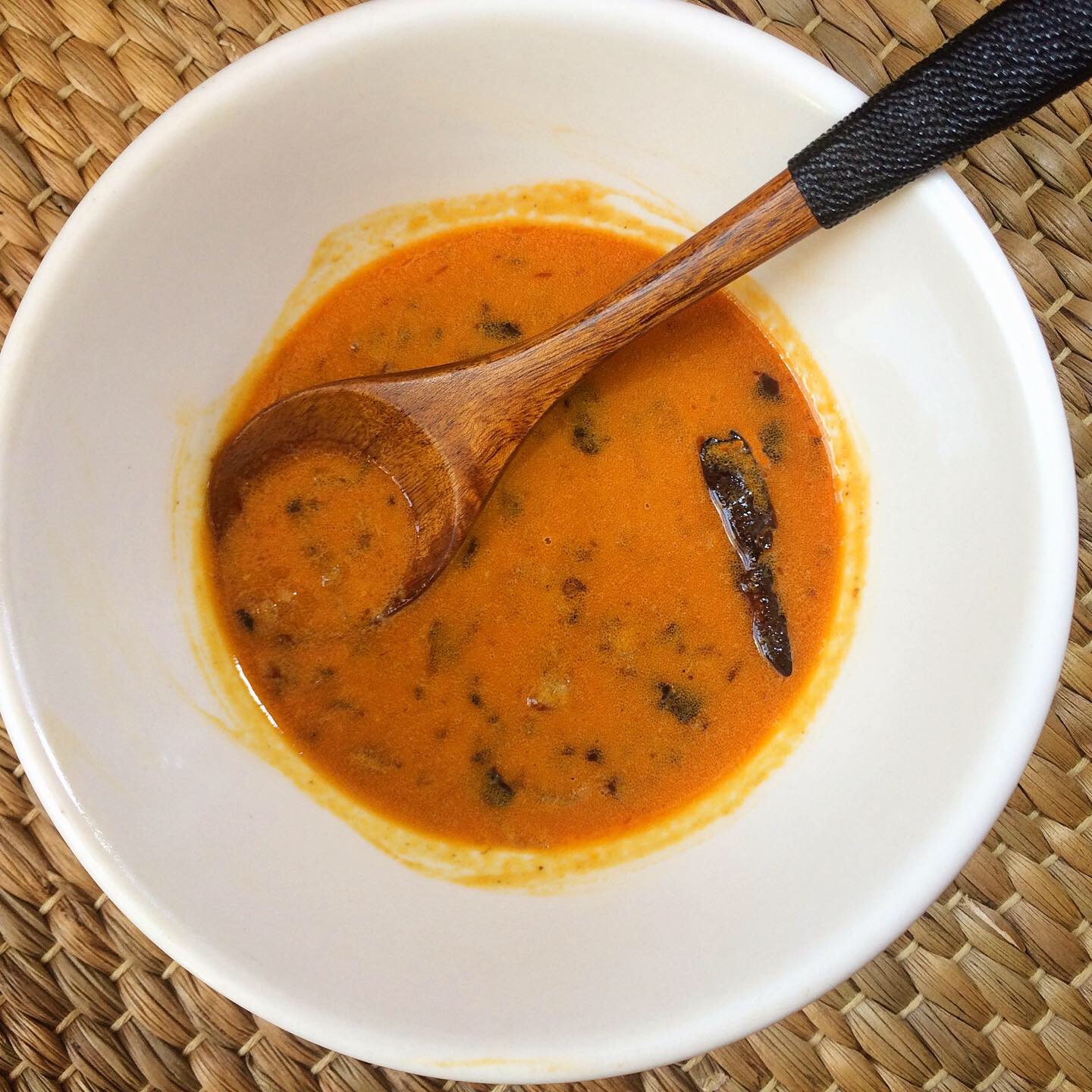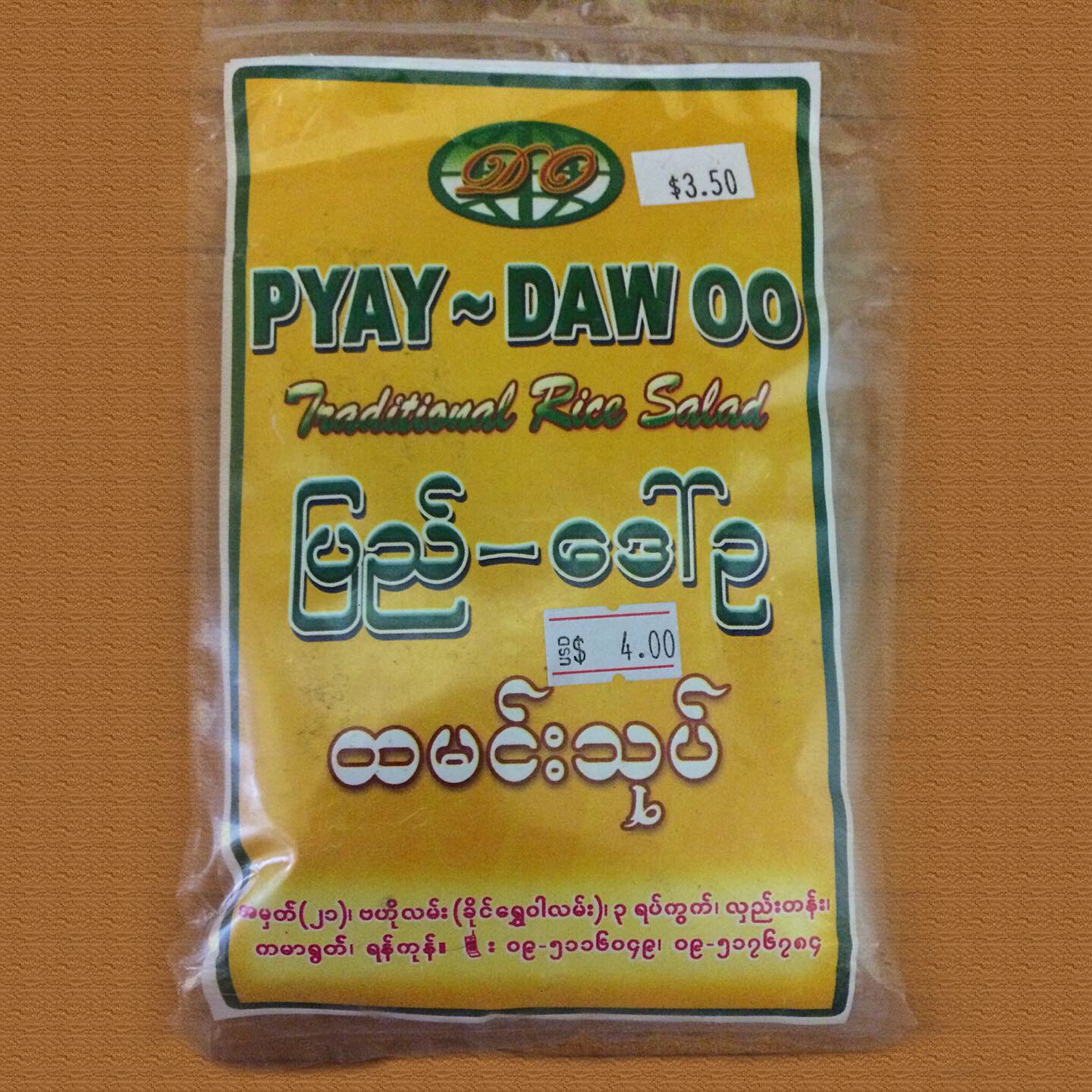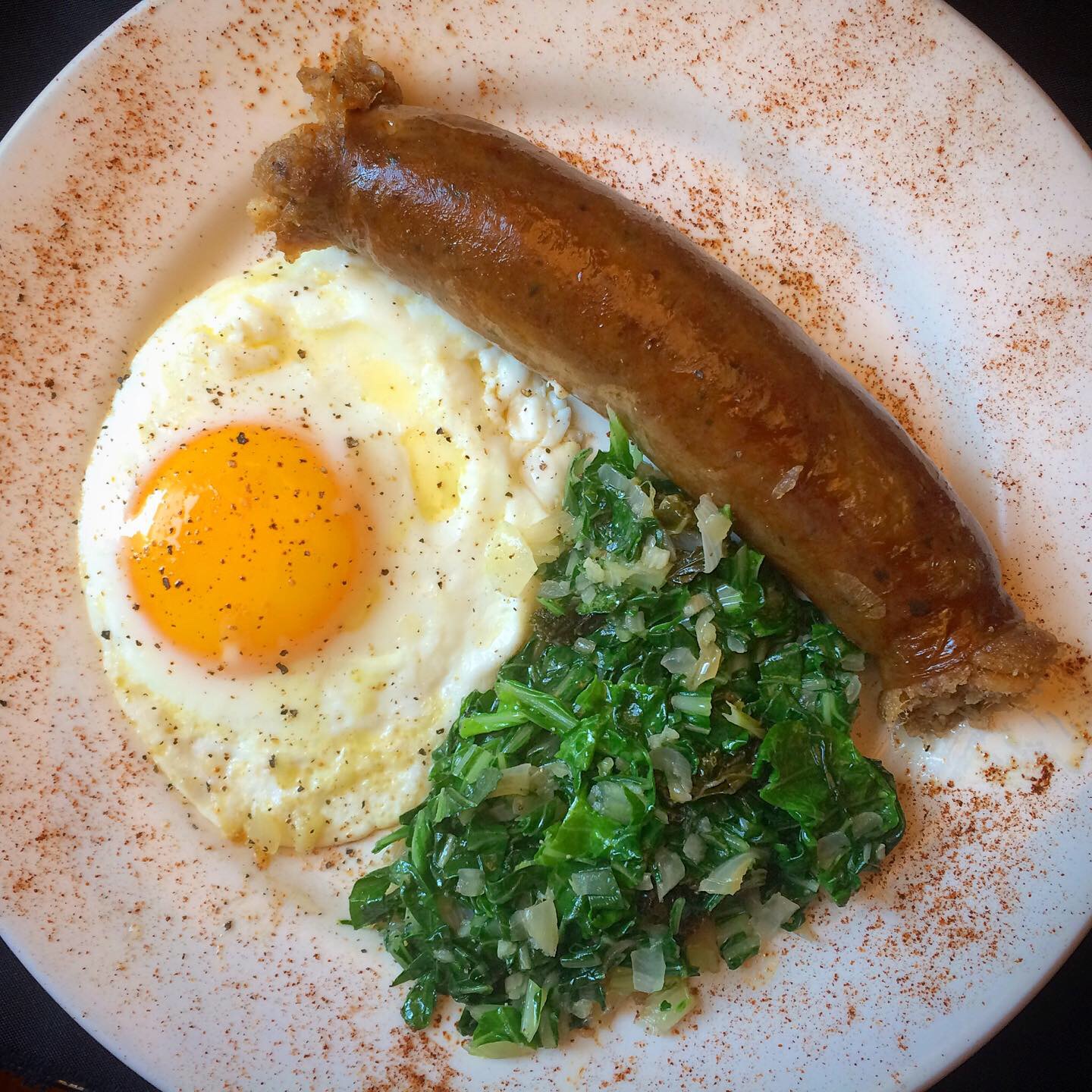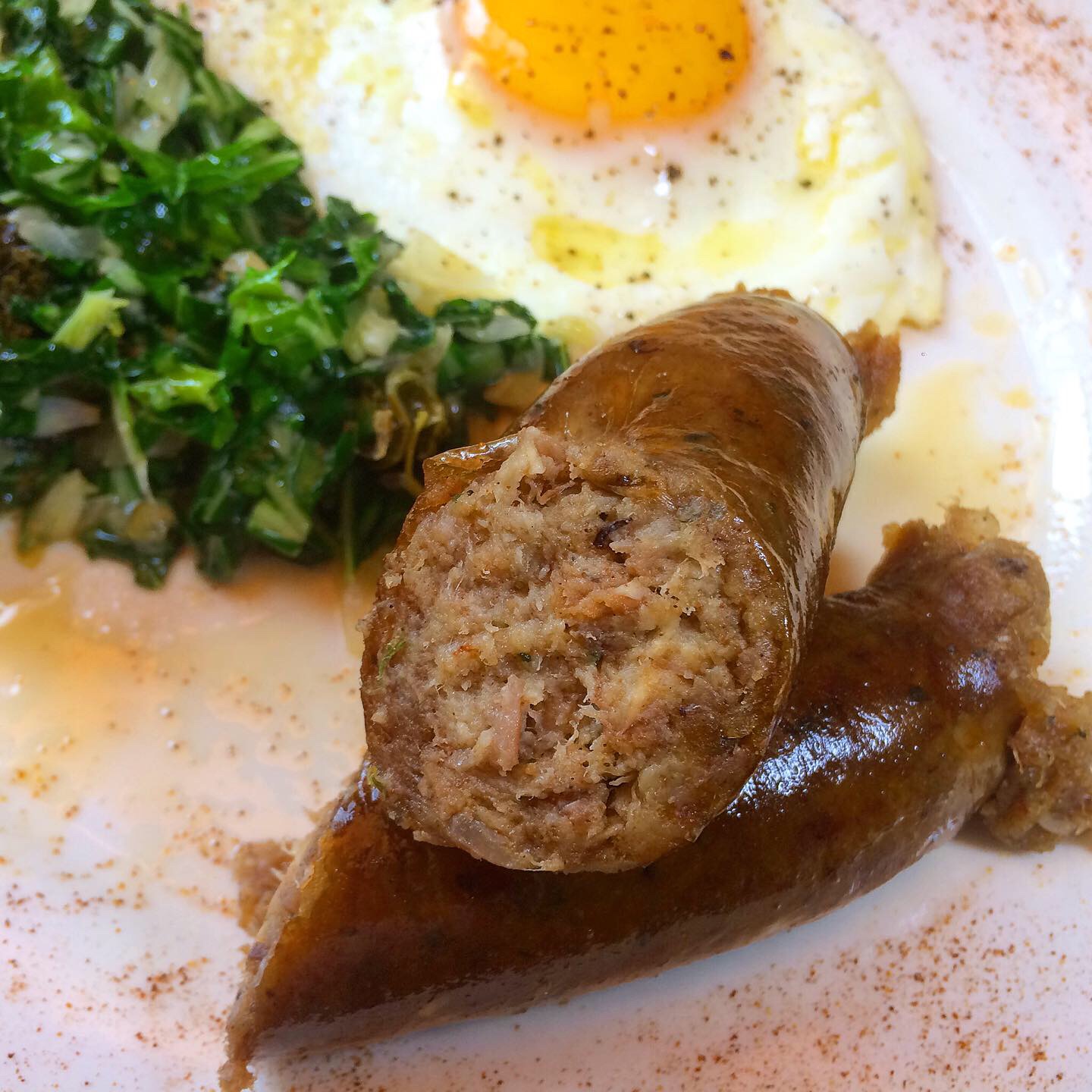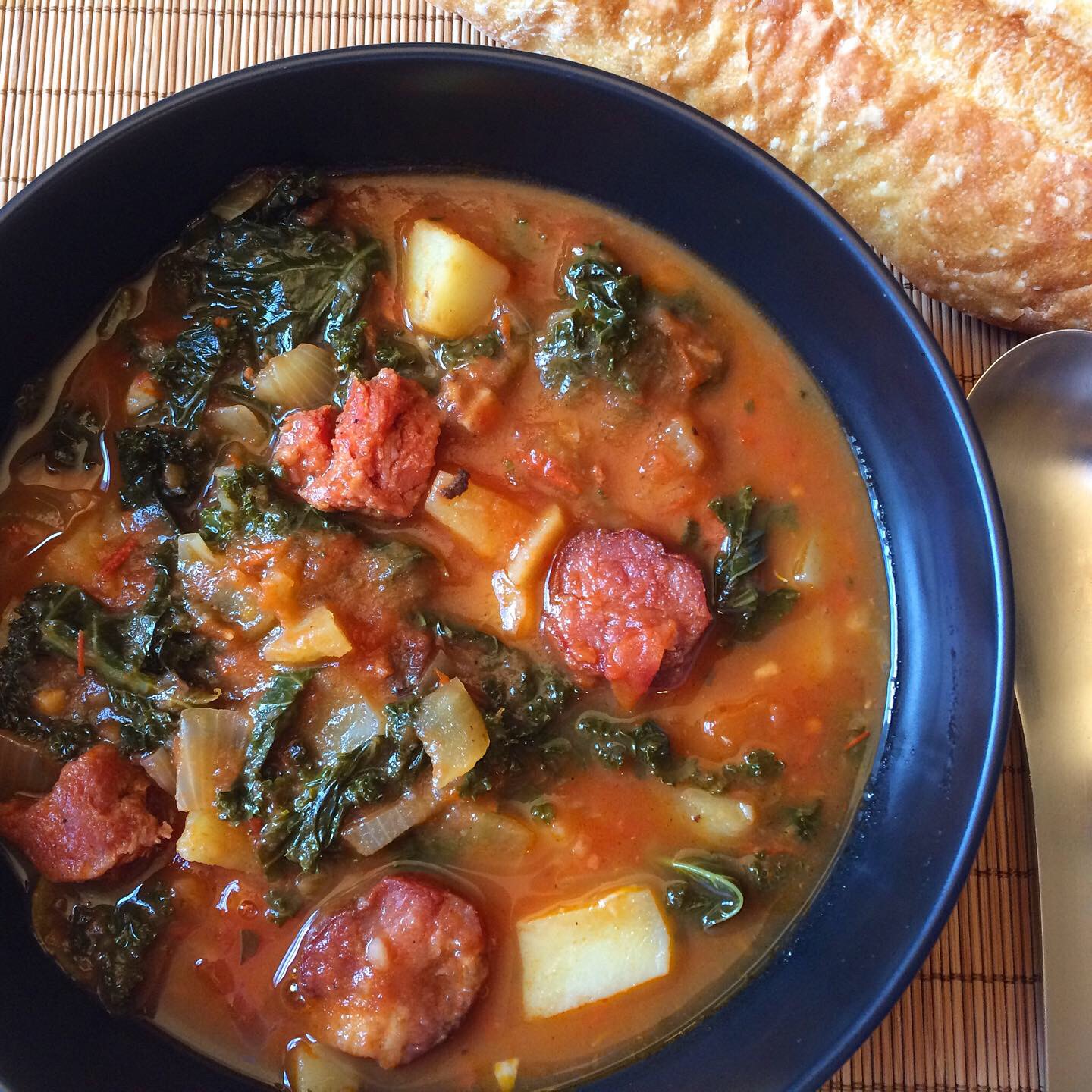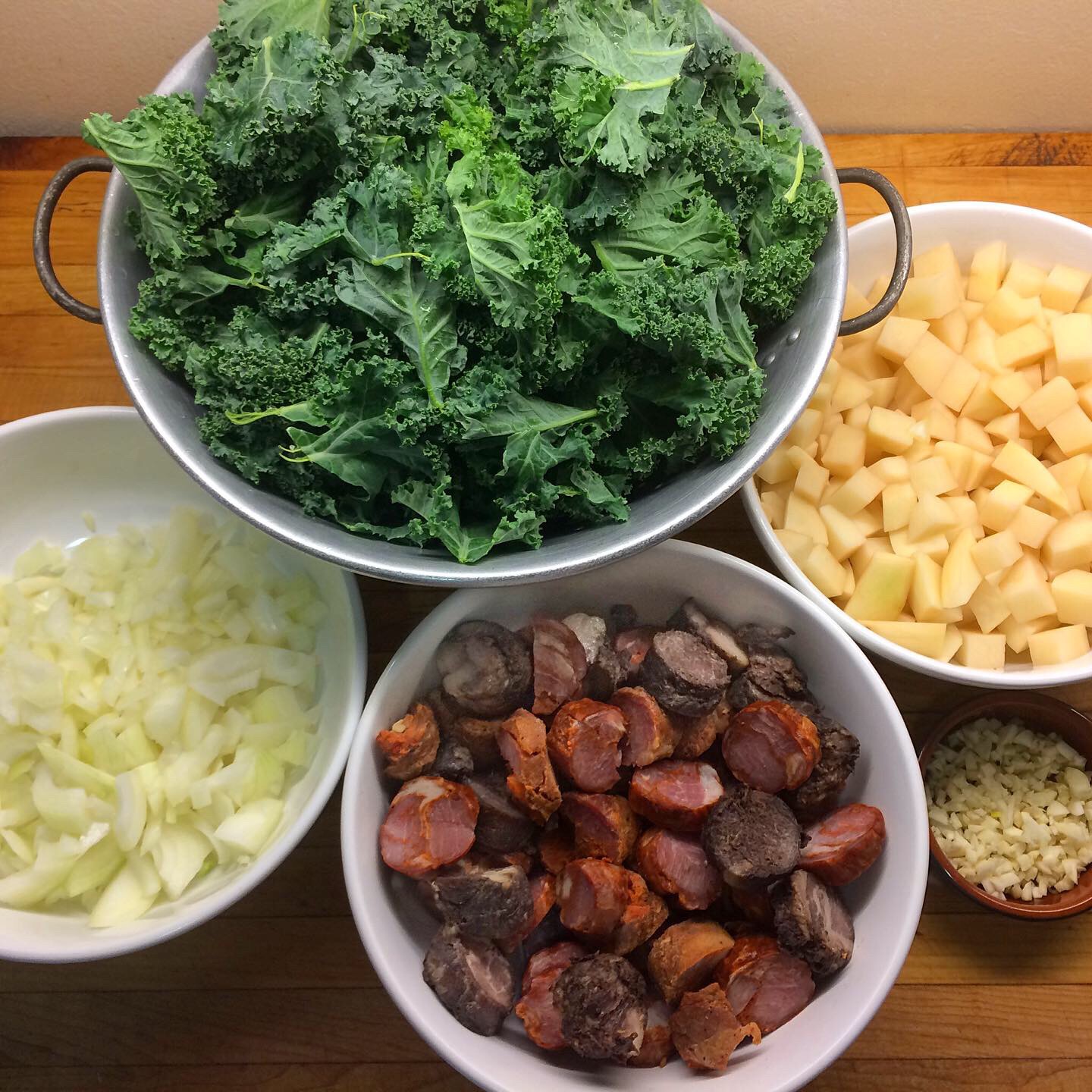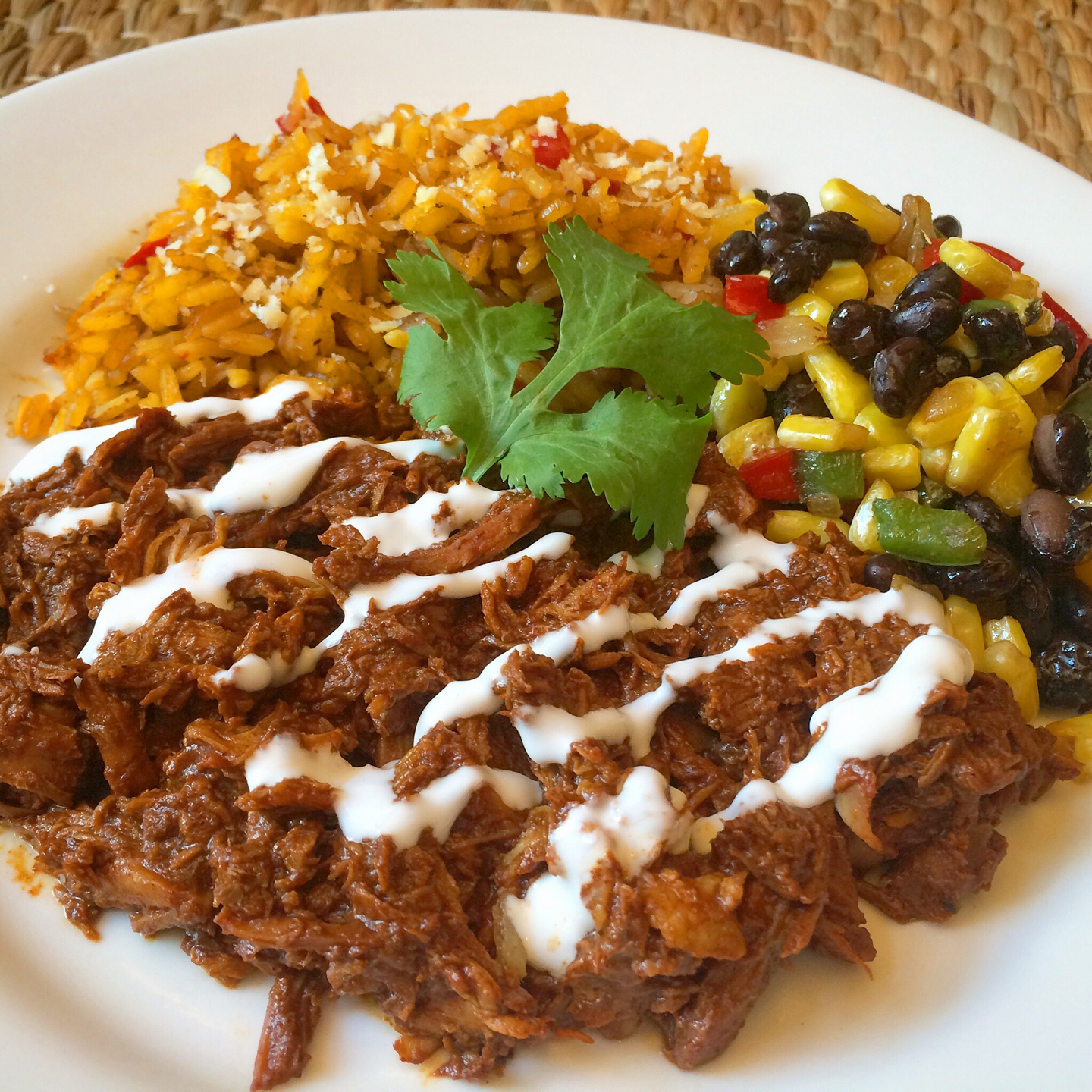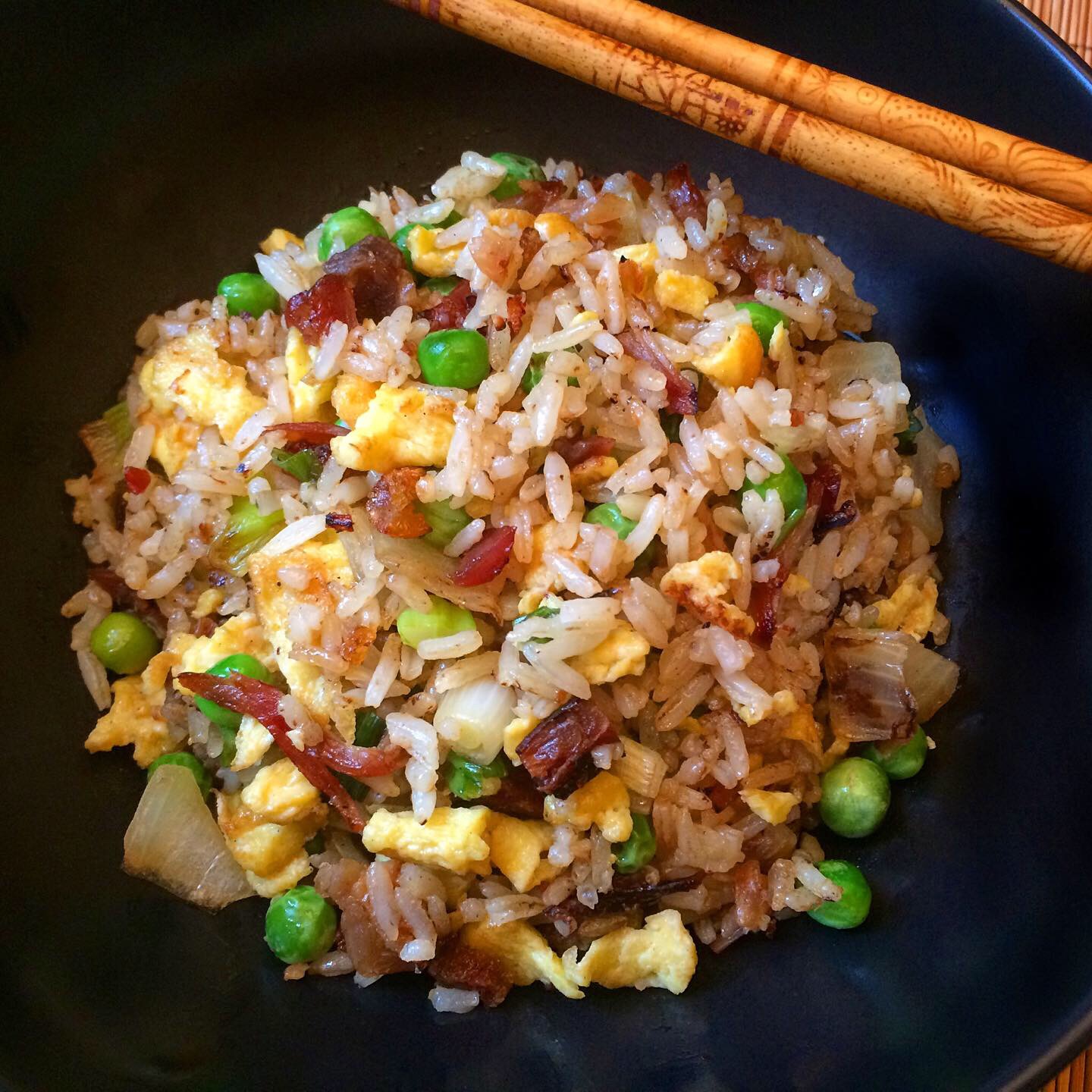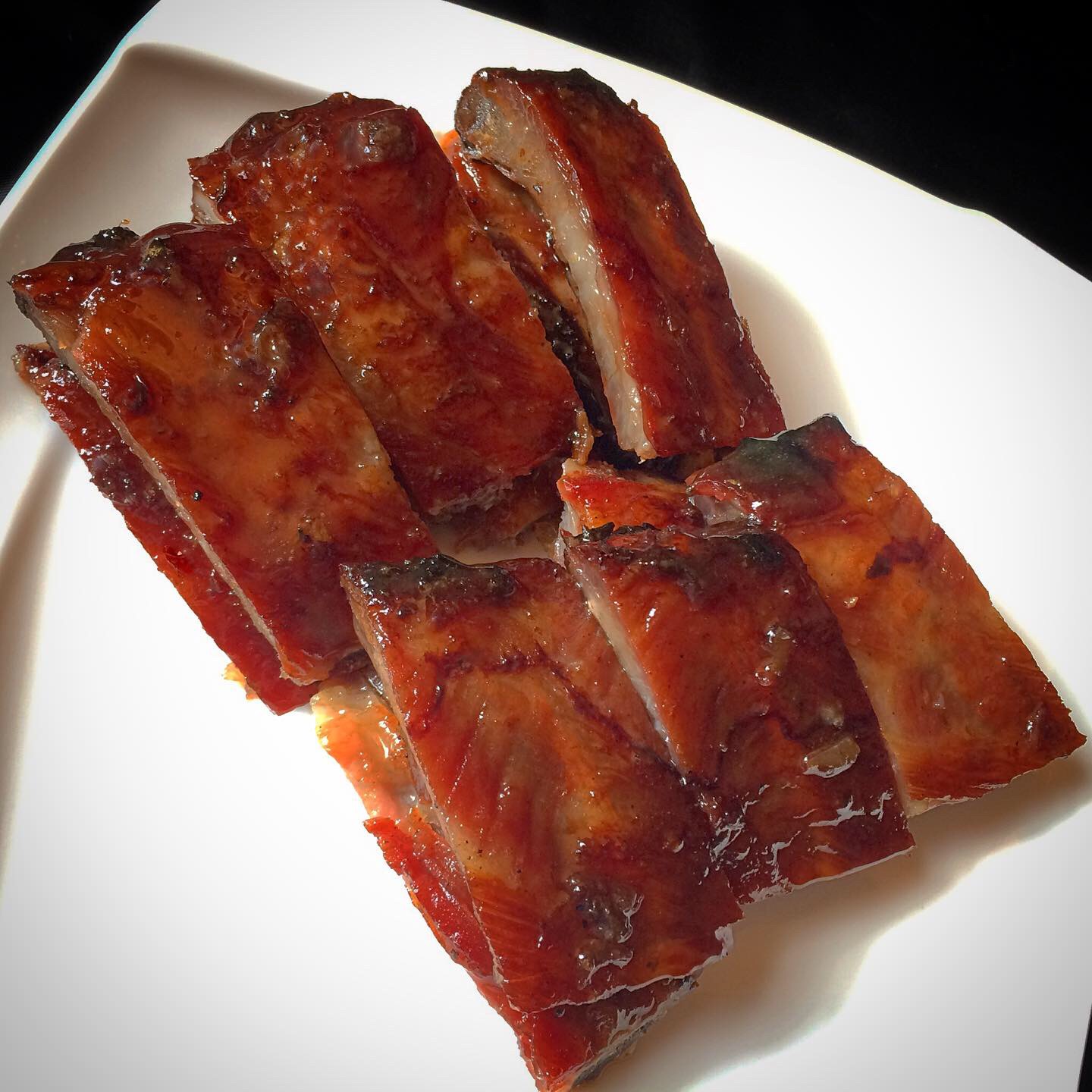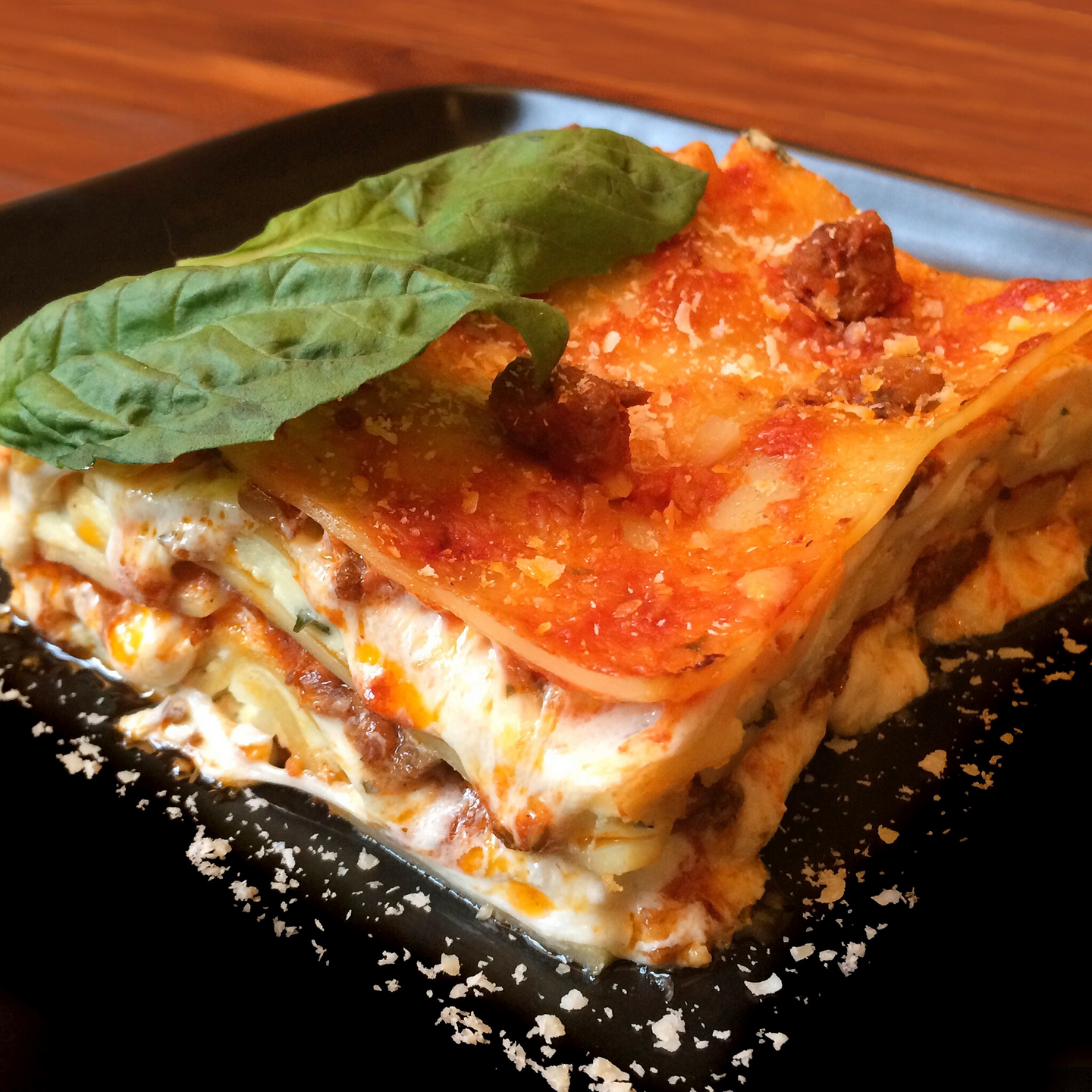Instagram Post 4/22/2020
👨🍳 Cooking in the Time of COVID 👨🍳
(Click on any image to view it in high resolution.)
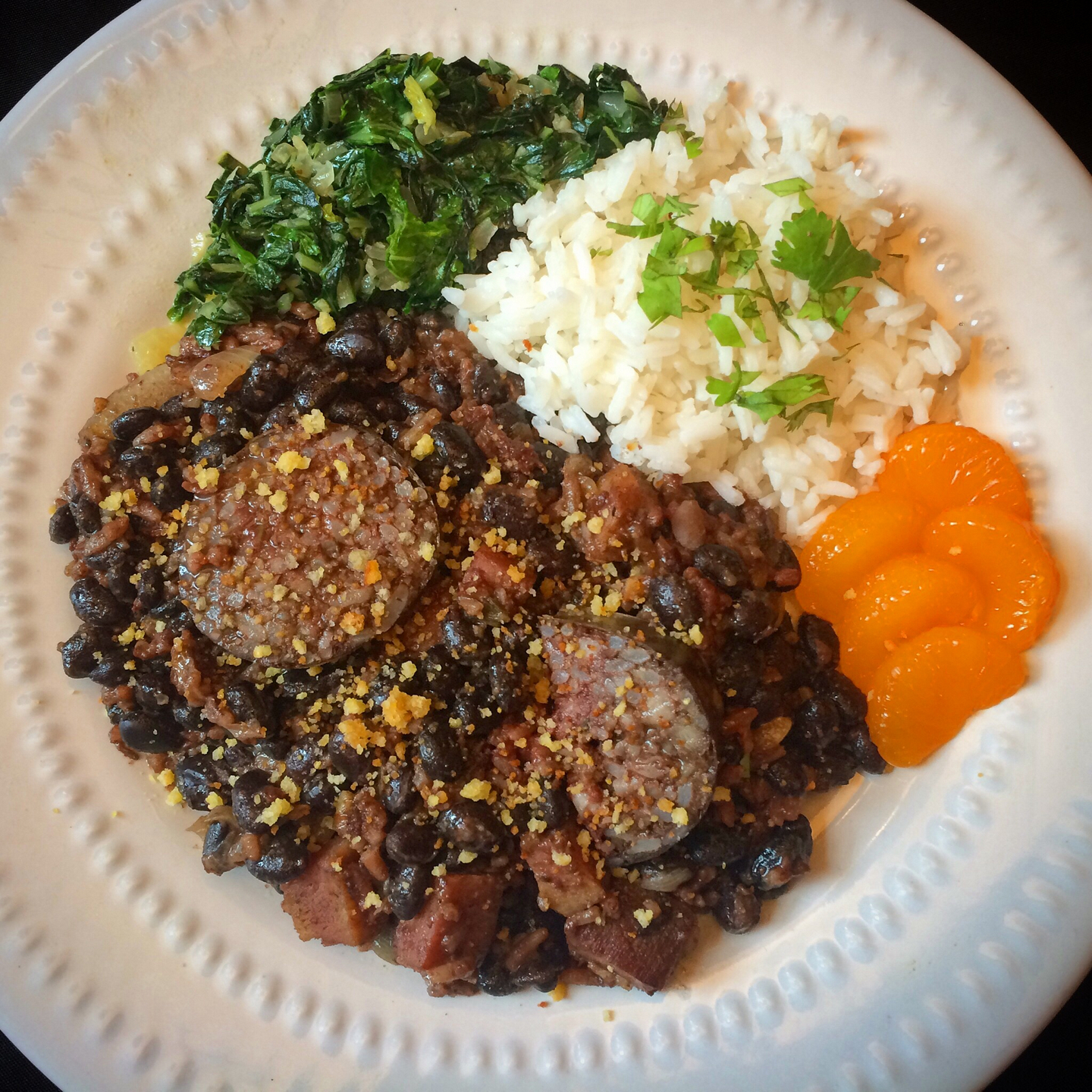
The fifth and final sausage from Seabra’s in Newark’s Ironbound District was morcela, a blood sausage, which was relegated to the freezer without a second glance when I realized how much I had overbought. Now, some months later, the idea of making feijoada, the rich Portuguese/Brazilian stew, as a means of using it up along with the black beans and other ingredients I had on hand seemed appropriate.
I prepped the beans, cooked the rice, chopped the onions, chunked up a few hunks of ham and smoky, fatty, porky charcuterie I had left over from the amazing Muncan, and freed the morcela from its icy prison. My mise was en place. But slicing into the unlabeled link, I realized it was actually morcela de arroz, a blood and rice sausage, and not what one would expect in a proper feijoada. Okay, fine. So it wouldn’t be the real deal. I would make fake-joada.
But it wasn’t just the star of the show that was understudied. Even the supporting cast had stand-ins. The dish should be served with sautéed greens, collards specifically, but lacking any (and since going out shopping was against the rules), I stripped the thickest leaves from some leftover uncooked bok choy, julienned them, and sautéed them with some onions.
And of course, the crumbly bits you see sprinkled on top of the feijoada is its traditional accompaniment, farofa, ground dried manioc.
The hell it is. You think I have ground dried manioc in my pantry? I had some cornbread in the freezer, so I knocked off some crumbs and toasted ’em up.
So there you have it: fake-joada with faux-rofa. (Just don’t ask about the orange slices, okay?)


